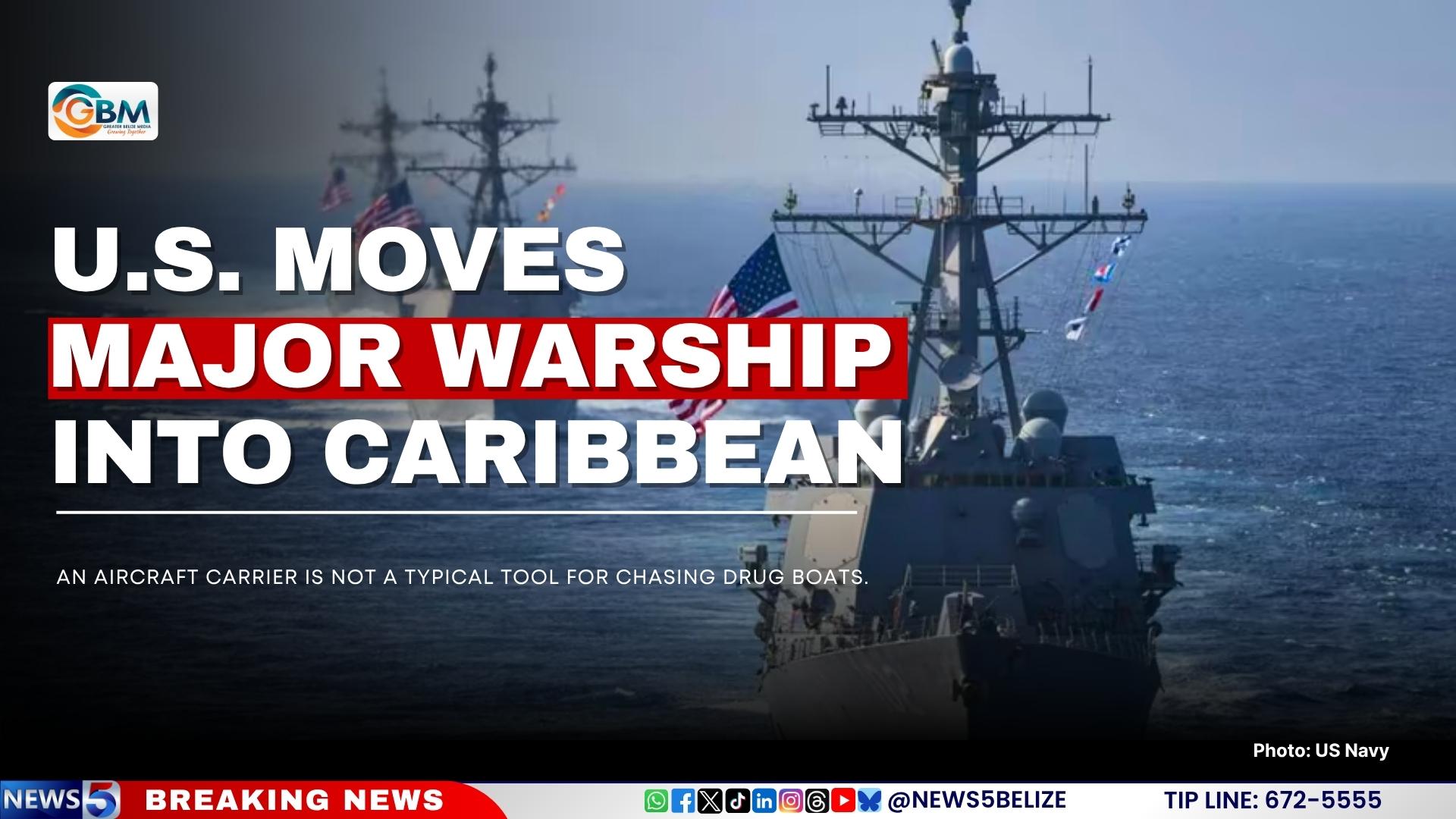In a significant military maneuver, the United States has deployed its most advanced aircraft carrier, the USS Gerald R. Ford, to the Caribbean. The move, described by Washington as part of a counterdrug mission, represents the largest display of American military force in the region in recent years. However, the deployment has raised eyebrows, as aircraft carriers are typically not utilized for anti-drug operations but rather for exerting political pressure on governments. The timing of this deployment has drawn particular attention to Venezuela, where President Nicolás Maduro has been embroiled in a protracted conflict with the U.S. Maduro has accused Washington of fabricating a crisis to destabilize his government and has responded by mobilizing troops in preparation for potential attacks. The Trump administration has framed the mission as a crackdown on drug smugglers, but the sheer scale of the operation—nearly a dozen warships and approximately 12,000 personnel—has led to speculation about broader geopolitical motives. Since September, U.S. strikes on small boats in the region have reportedly resulted in at least 80 fatalities, though Washington has yet to provide evidence linking those killed to drug cartels. According to CBS News, senior Trump administration officials convened three times this week to deliberate military options concerning Venezuela. President Trump remained cryptic about the details, stating only, ‘I sort of have made up my mind.’ The situation continues to escalate, with regional tensions reaching a critical juncture.
